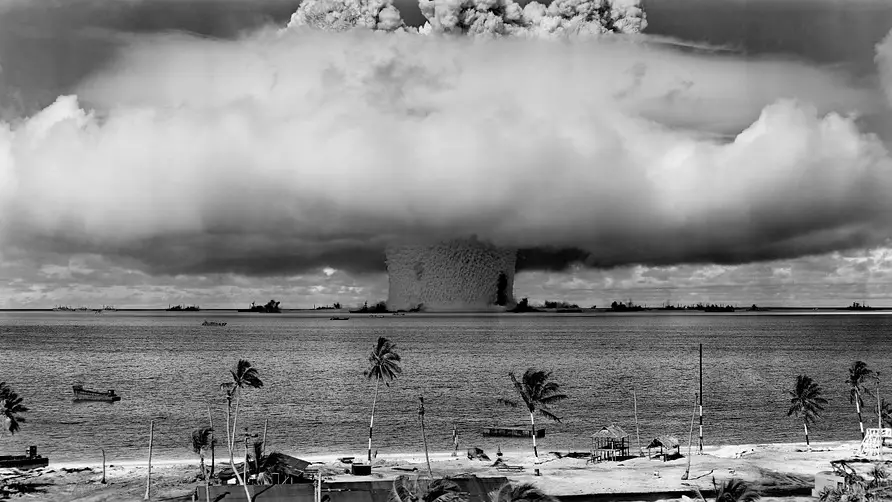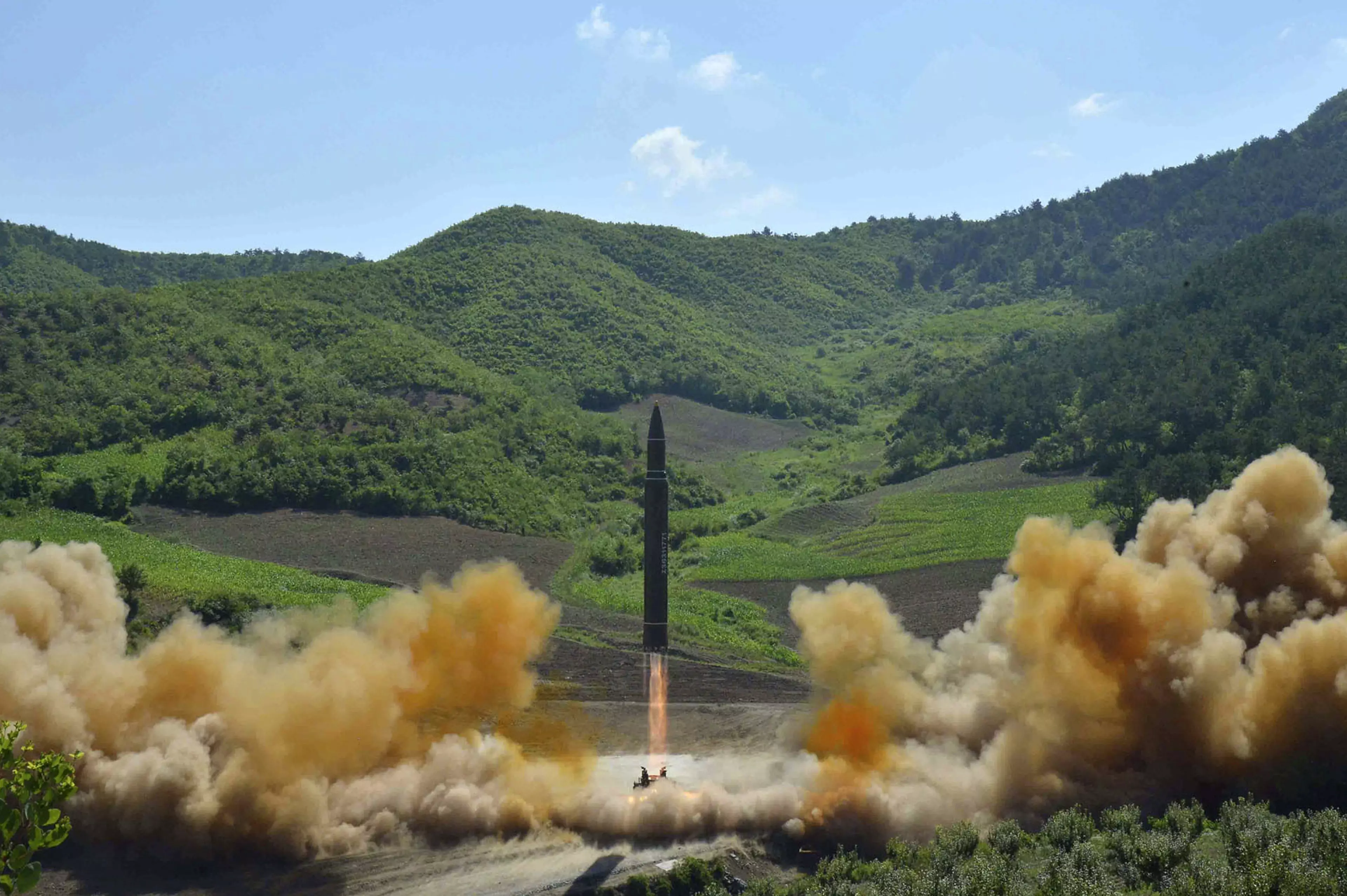
North Korea has been threatening the western world with a nuclear strike for several months. It boasts about successful test missile launches but neglects to mention the ones which literally crash and burn.
When leader Kim Jong-Un ordered the launch of its latest Intercontinental Ballistic Missile (ICBM), the Pentagon revealed that the projectile was something they'd never seen before. Military experts believe that this newest missile has the capability of reaching Alaska.

Credit: PA
Advert
But what would the public do if there was an imminent nuclear strike?
Depending on where it hits and how many kilotons the bomb is, will determine whether you live or die. If you don't get obliterated by the initial blast, incinerated by the heat or crushed by falling debris, then the real battle for survival begins.
Unsurprisingly, the American government has got you covered if you're suddenly worried about how you'll stay alive after a nuclear strike.
They've compiled a list of all the supplies that you'd need, but luckily these materials will help you in most survival scenarios.
Advert
For starters, you need to bunker down to avoid developing acute radiation syndrome. That's what happens when you're exposed to gamma radiation and your body starts to be unable to repair itself. The Department of Homeland Security advises: "Go as far below ground as possible or in the centre of a tall building. The goal is to put as many walls and as much concrete, brick and soil between you and the radioactive material outside."
Brooke Buddemeier, from Lawrence Livermore National Laboratory, told Business Insider, don't try and outrun the radiation with your car: "Your ability to know where the fallout's gonna go, and outrun it, are - well, it's very unlikely."
Advert
As a basic survival kit, you'll need the following:
- Water, one gallon of water per person per day for at least three days, for drinking and sanitation
- Food, at least a three-day supply of non-perishable food
- Battery-powered or hand crank radio and a NOAA Weather Radio with tone alert and extra batteries for both
- Flashlight and extra batteries
- First aid kit
- Whistle to signal for help
- Dust mask, to help filter contaminated air and plastic sheeting and duct tape to shelter-in-place
- Moist towelettes, garbage bags and plastic ties for personal sanitation
- Wrench or pliers to turn off utilities
- Can opener for food (if kit contains canned food)
- Local maps
The US government actually has strategies for pretty much every doomsday scenario imaginable. Worried about chemical and biological threats? They've got you covered. They've got plans for plenty of natural disasters like tsunamis, floods, extreme heat, tornadoes, volcanos and wildfires.
Featured Image Credit: PixabayTopics: nuclear, North Korea